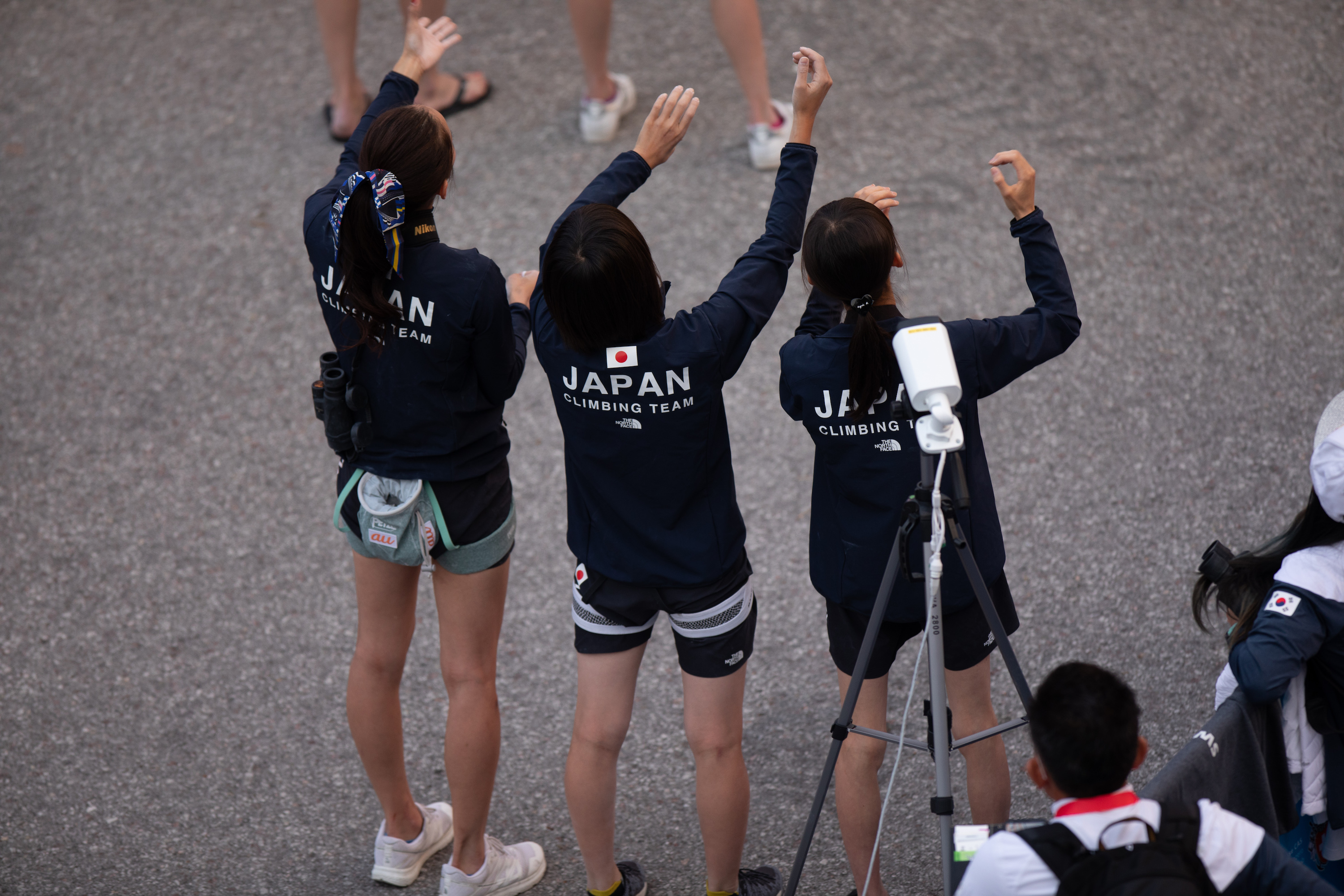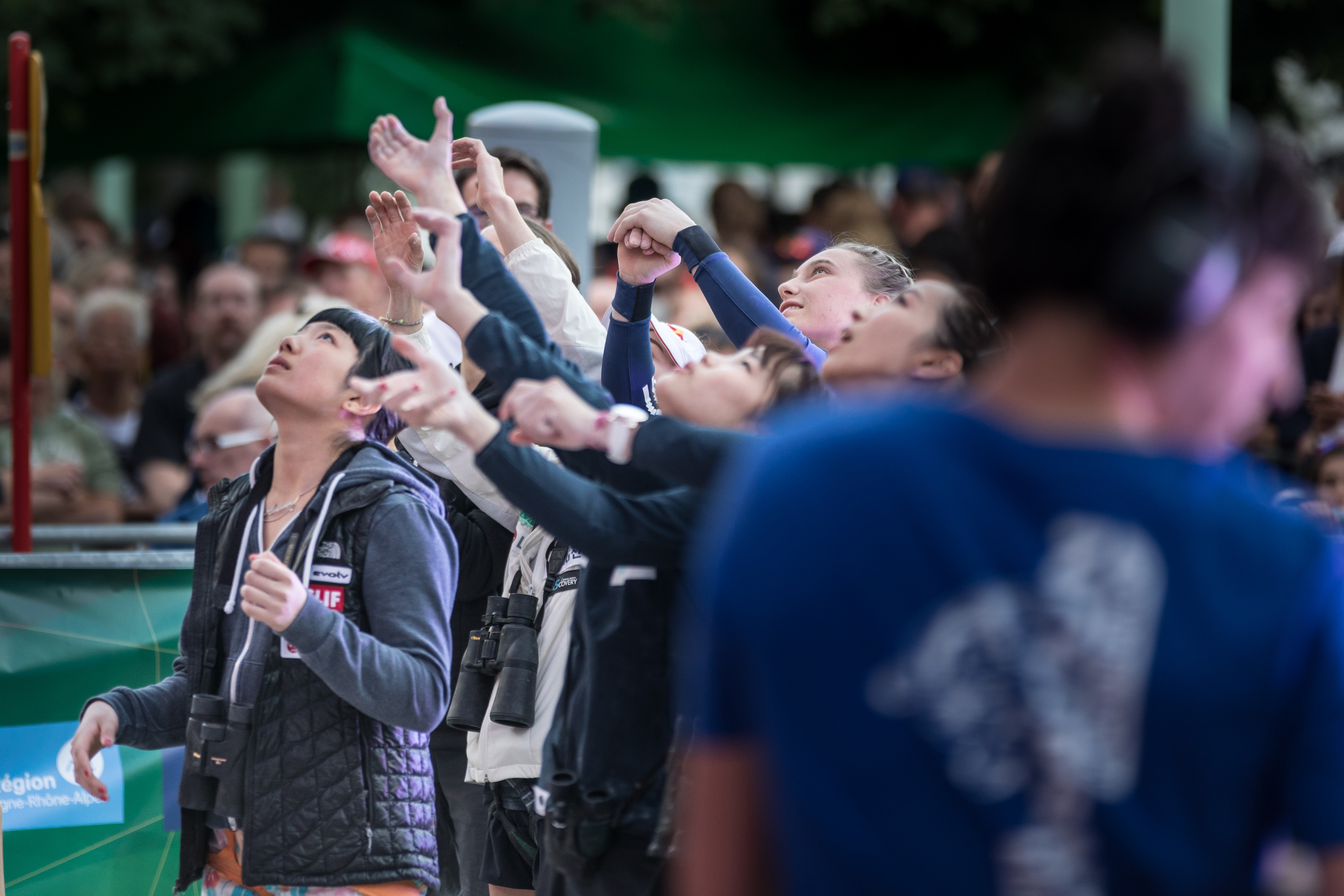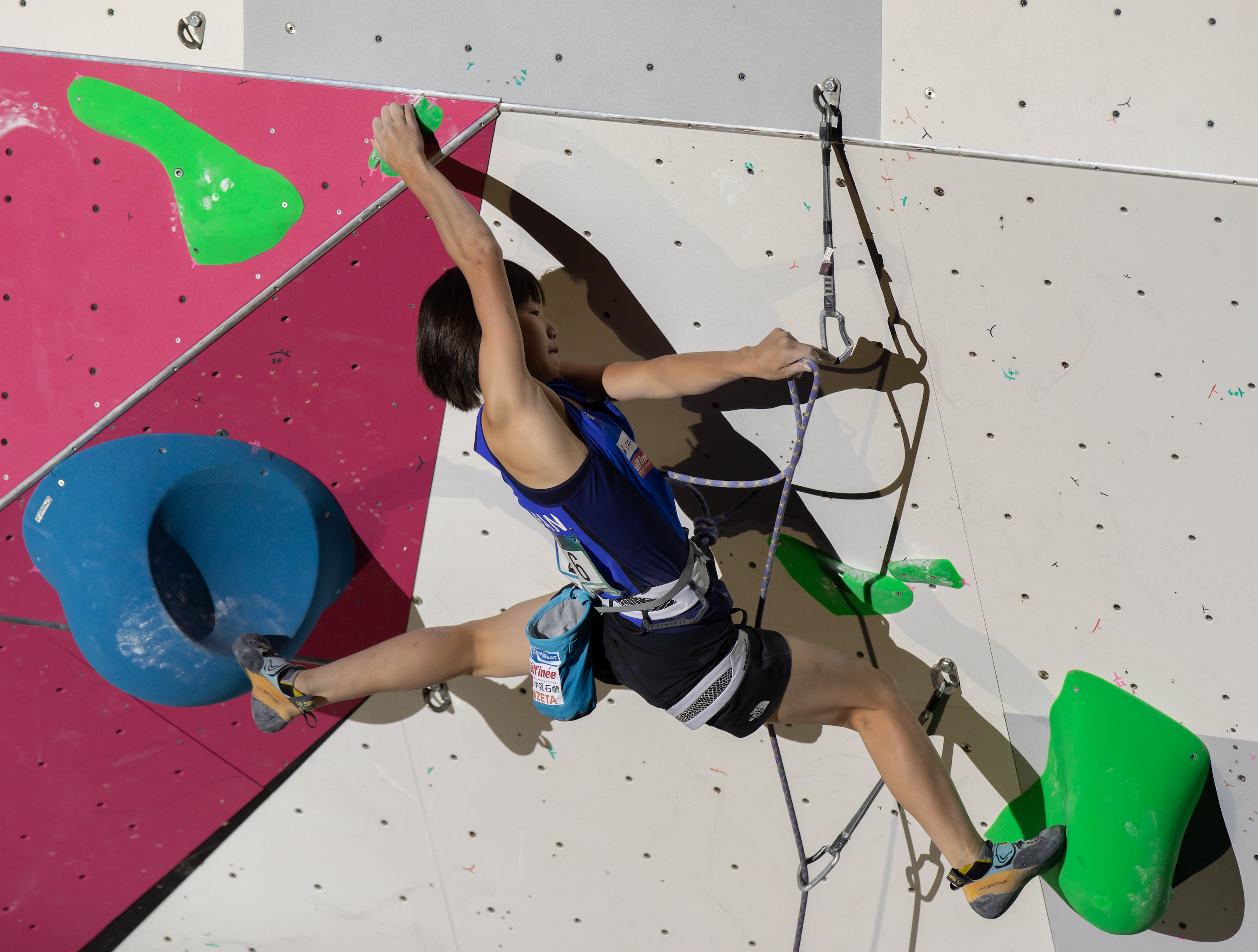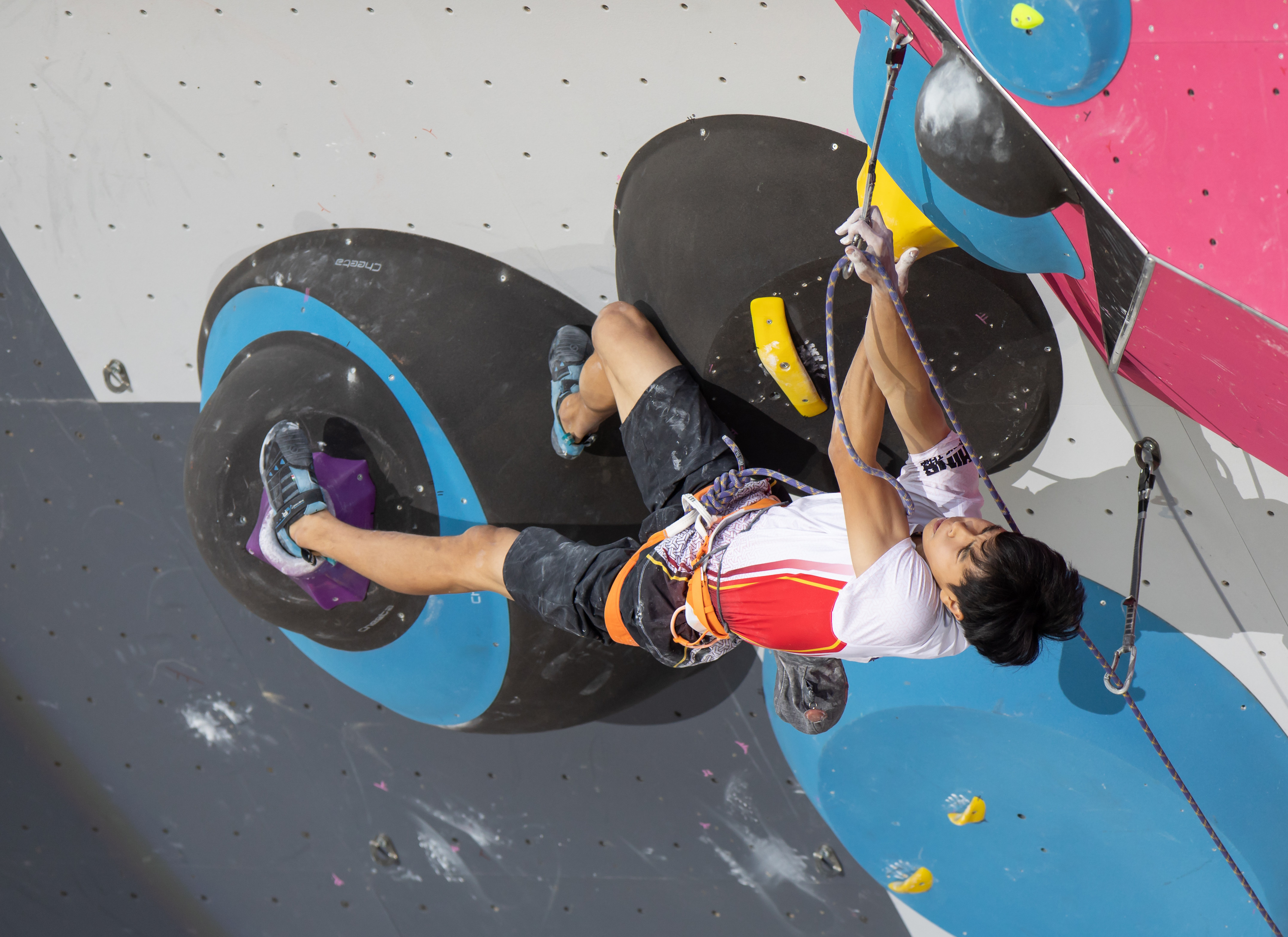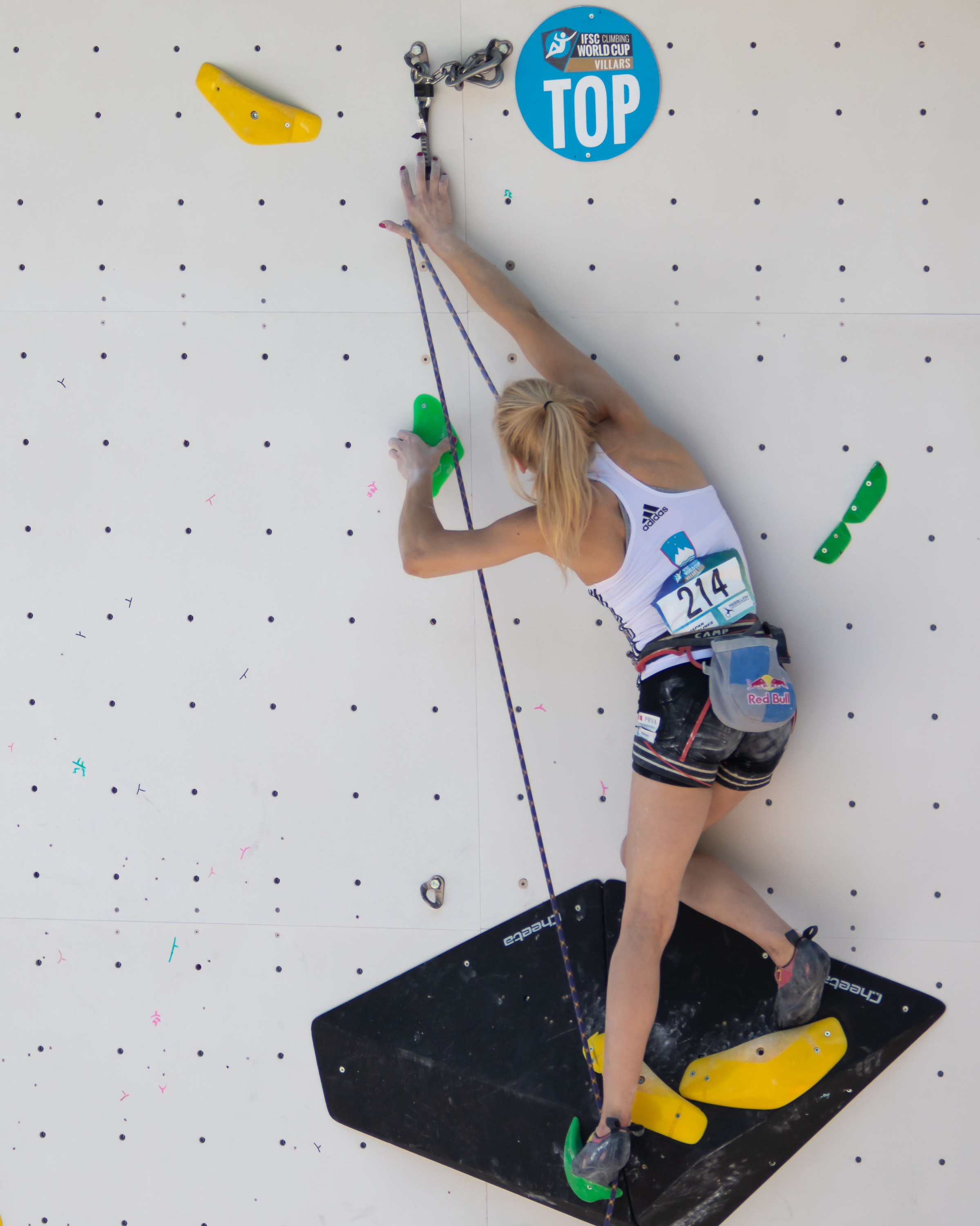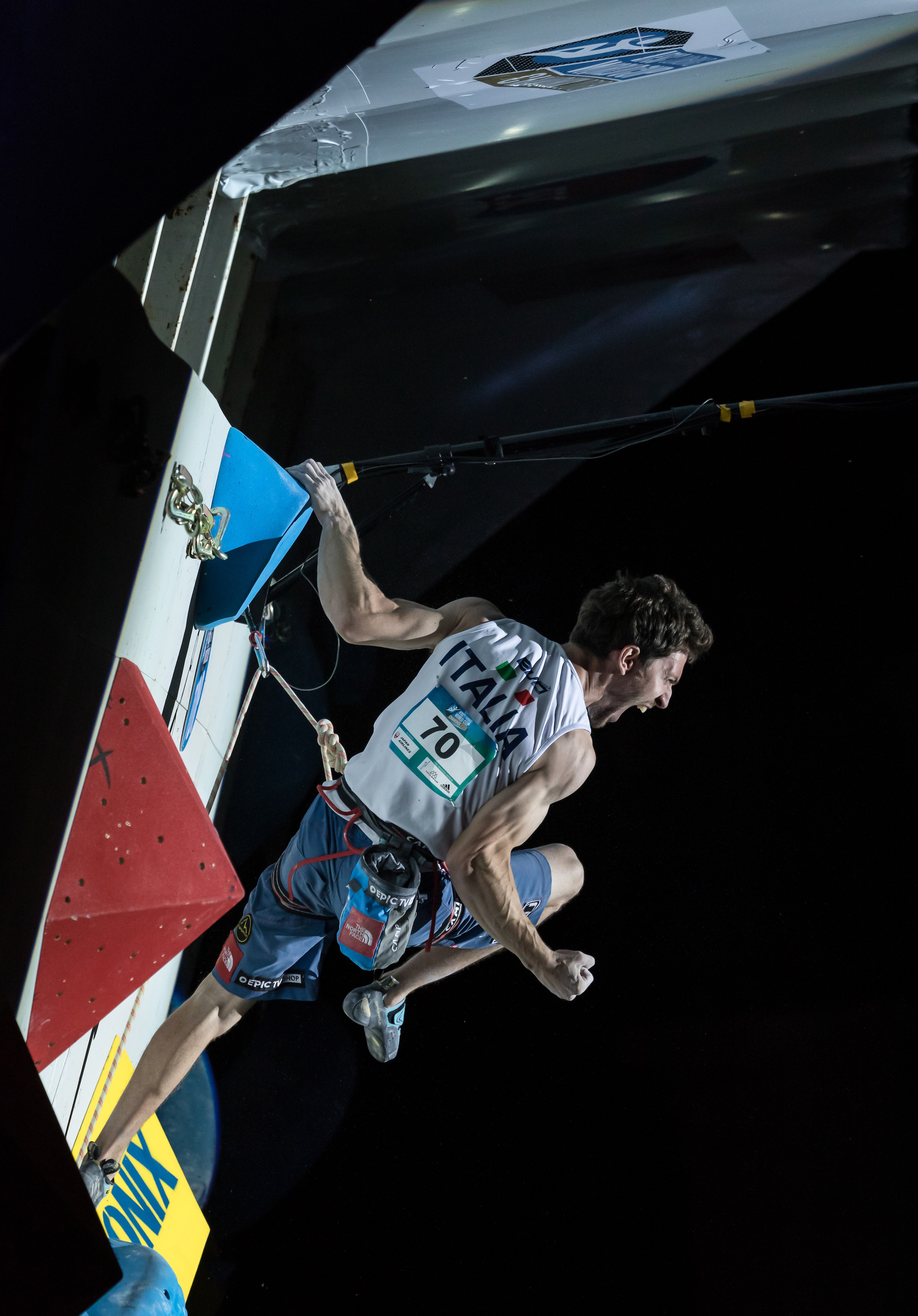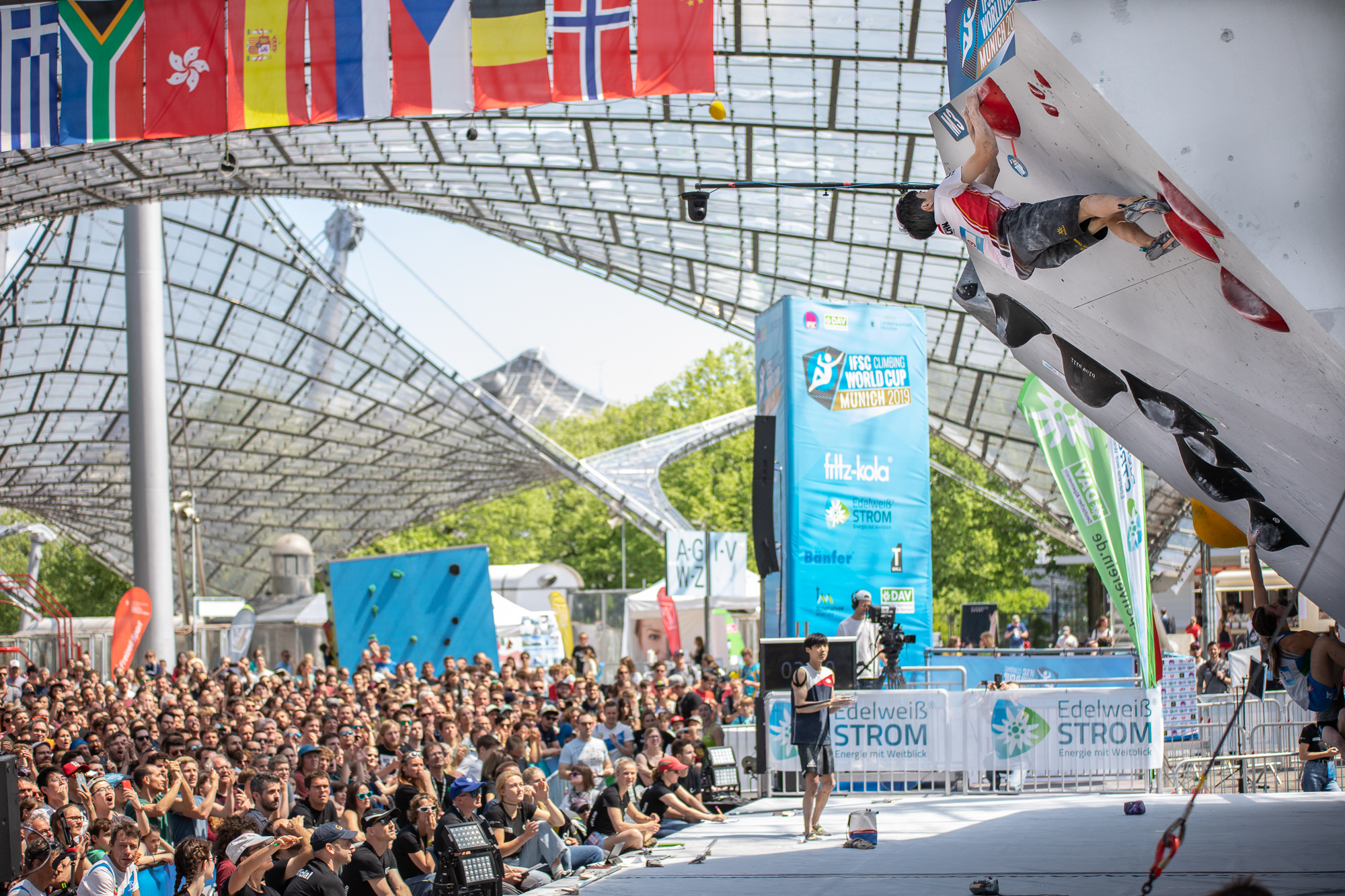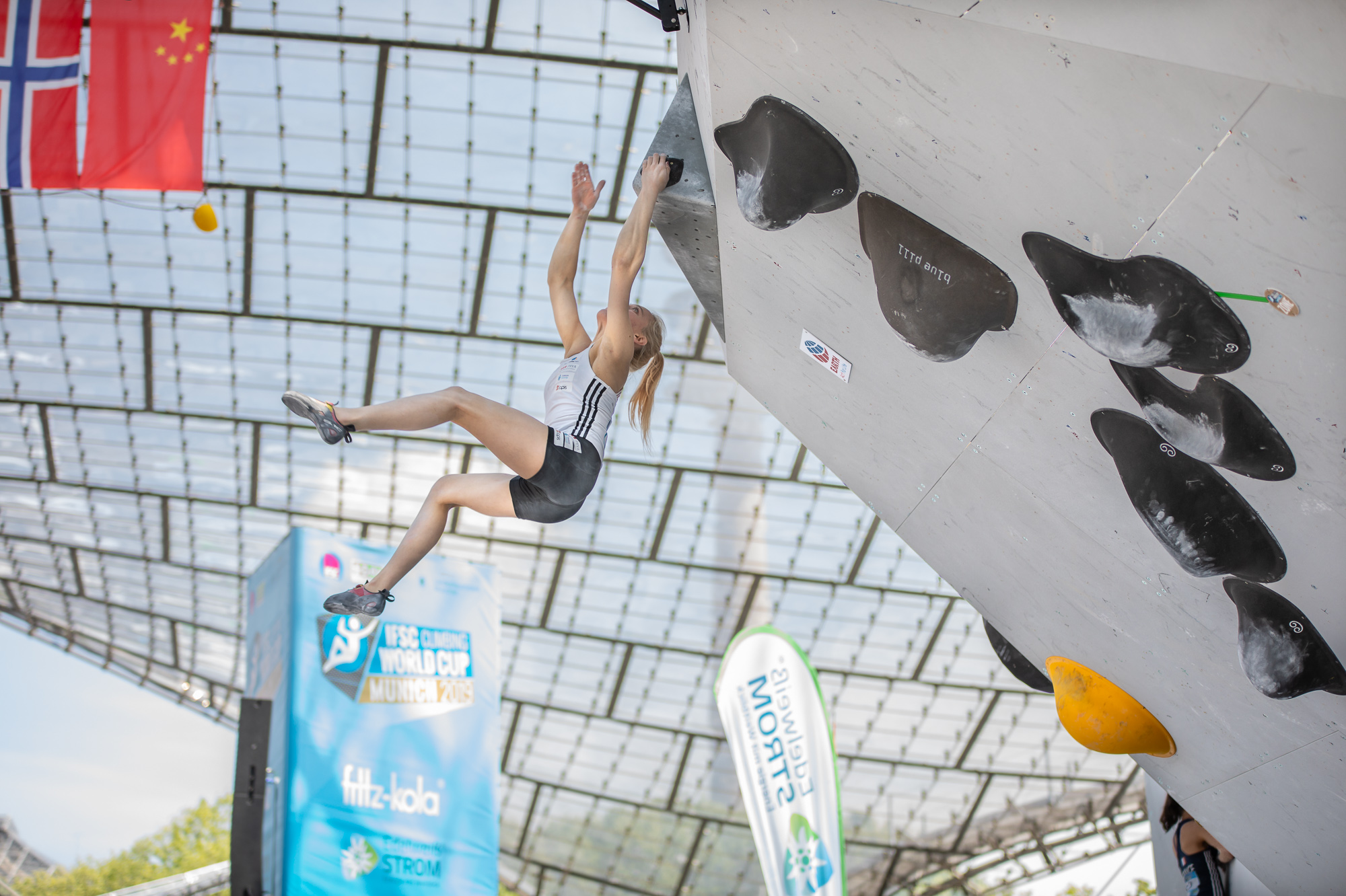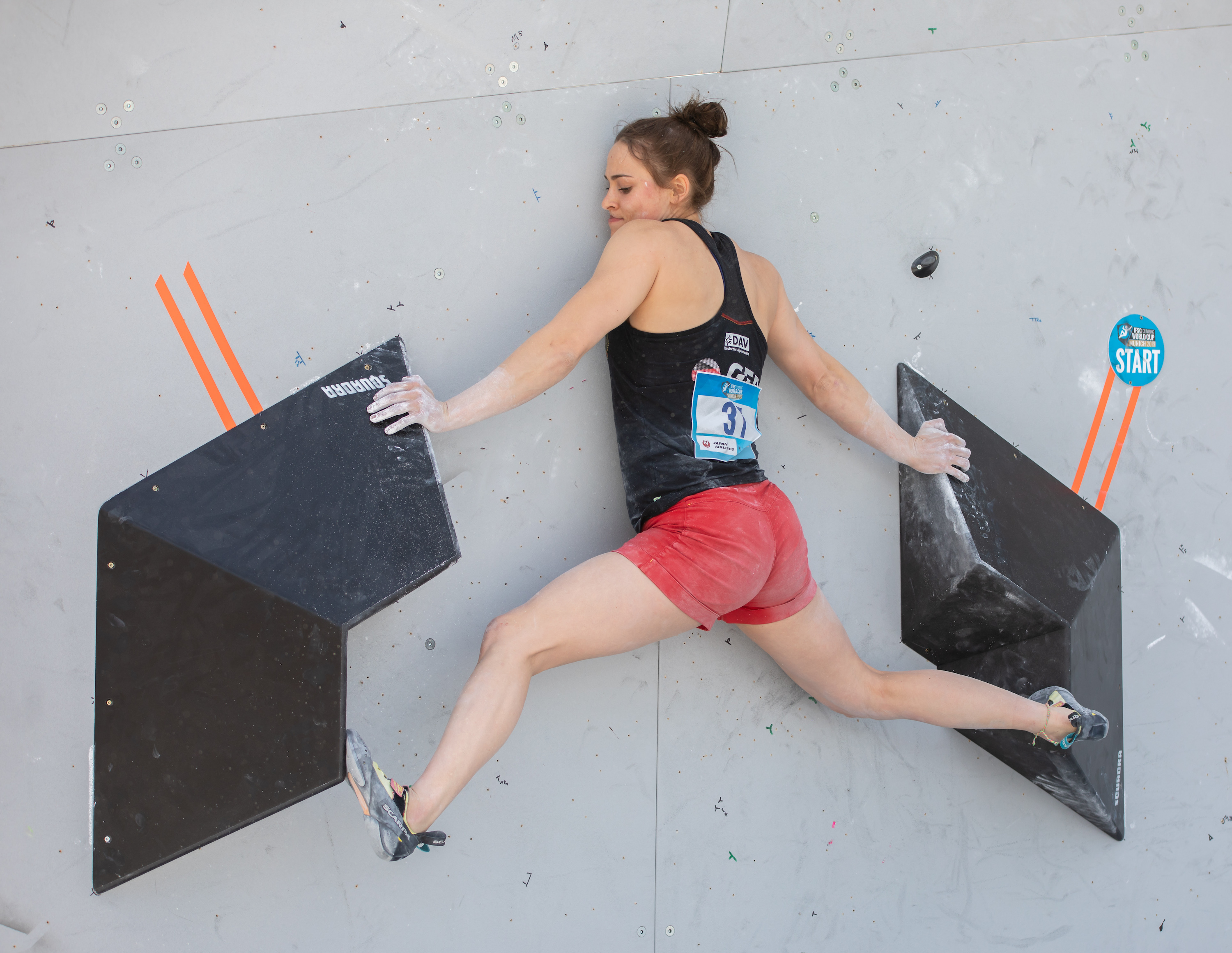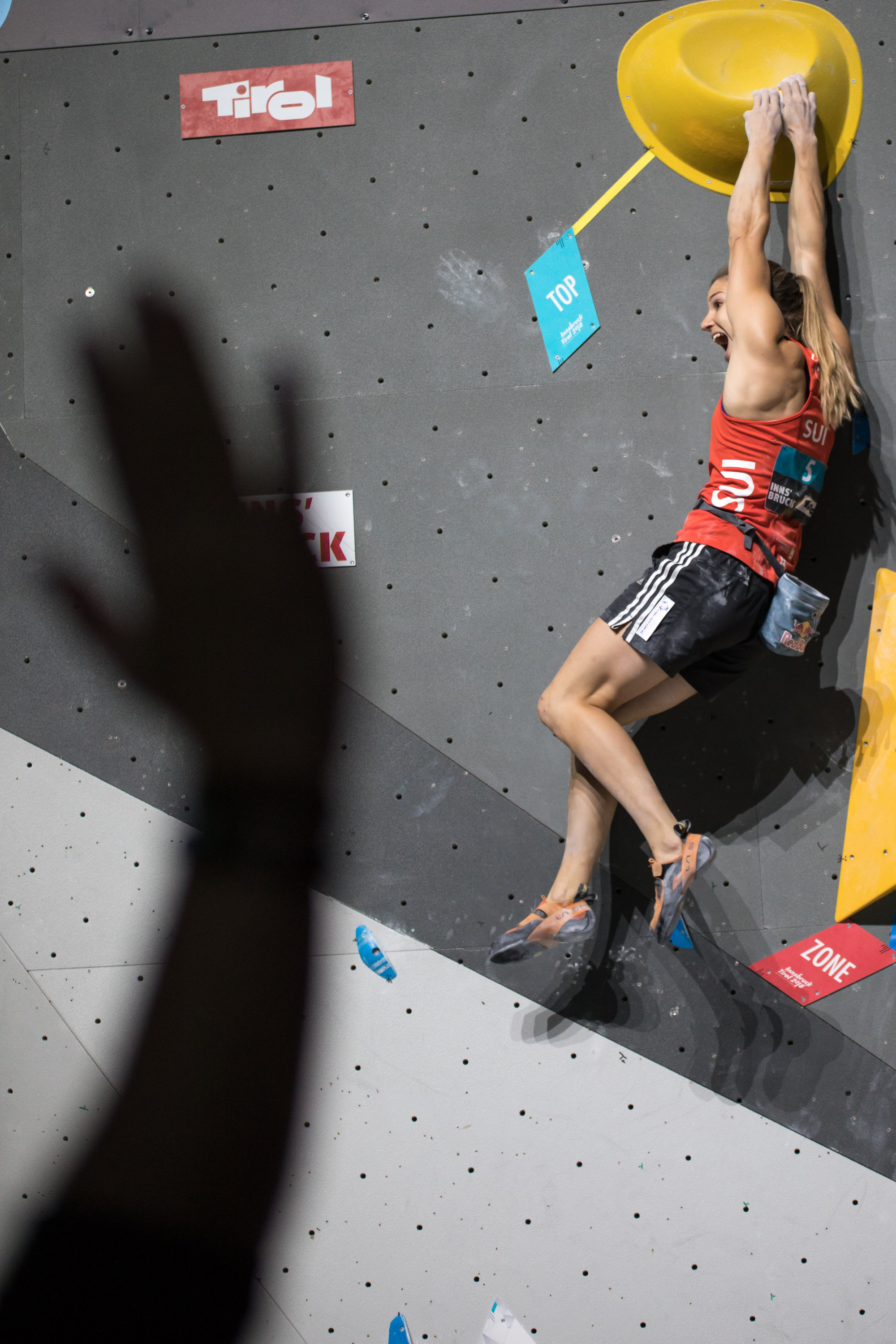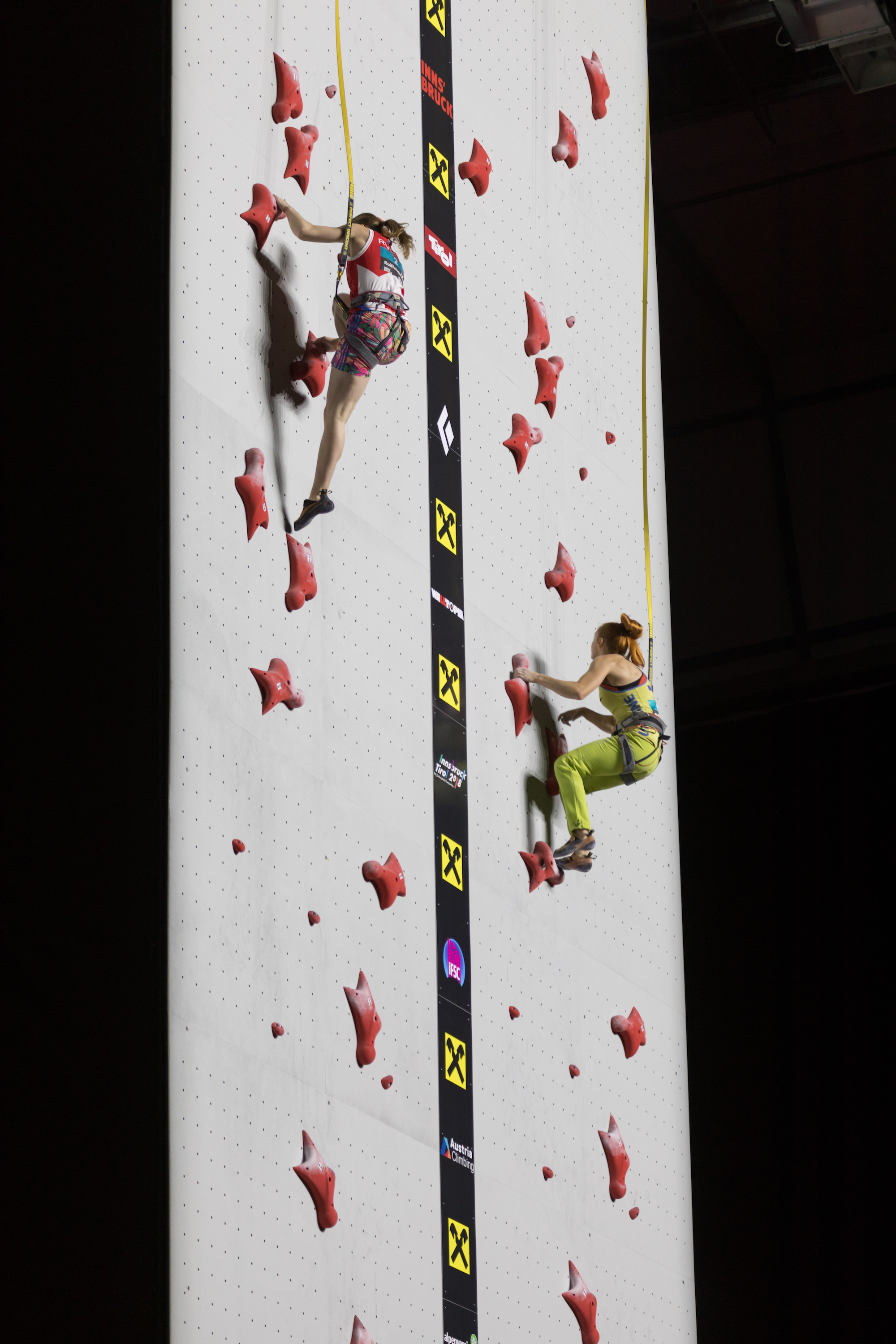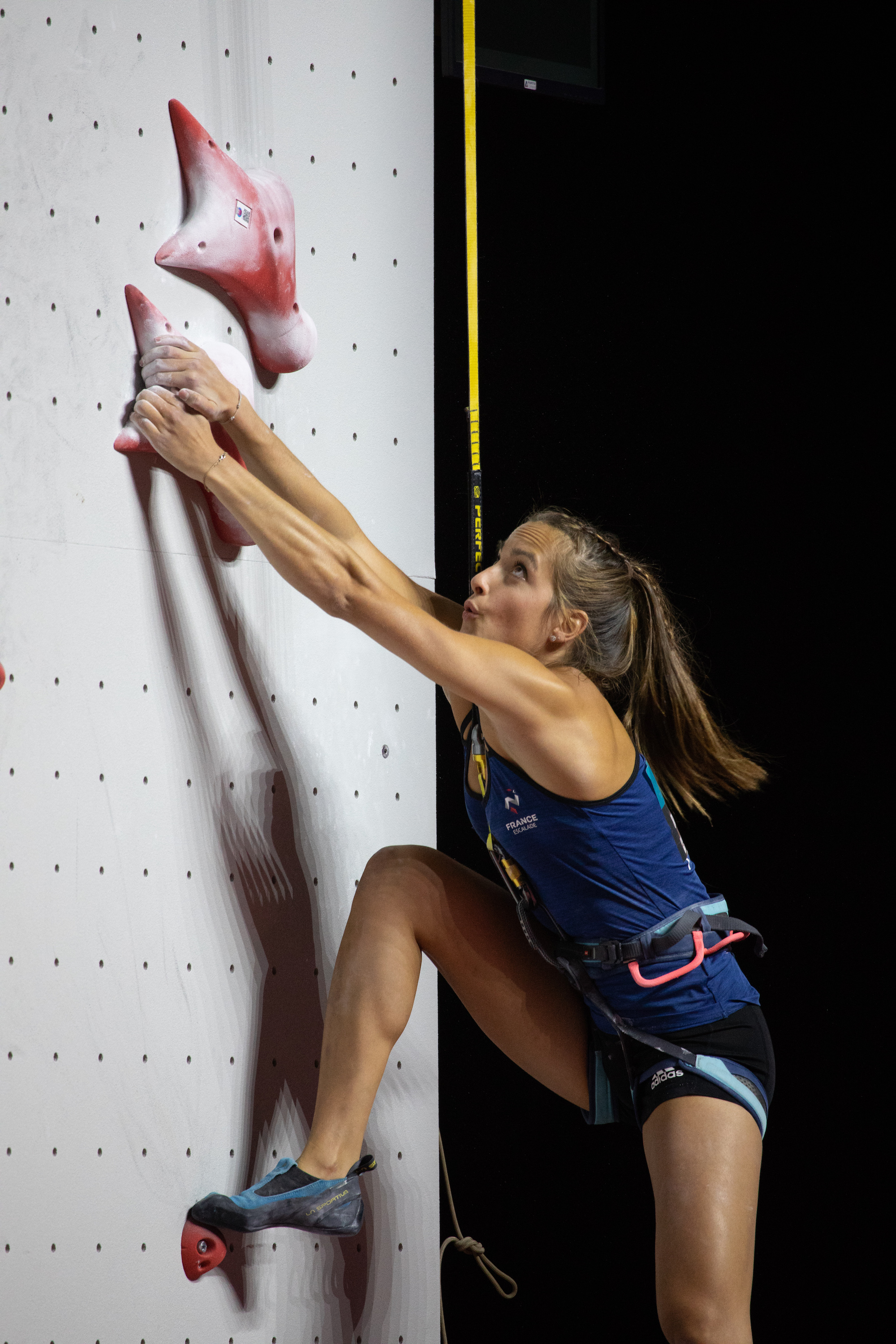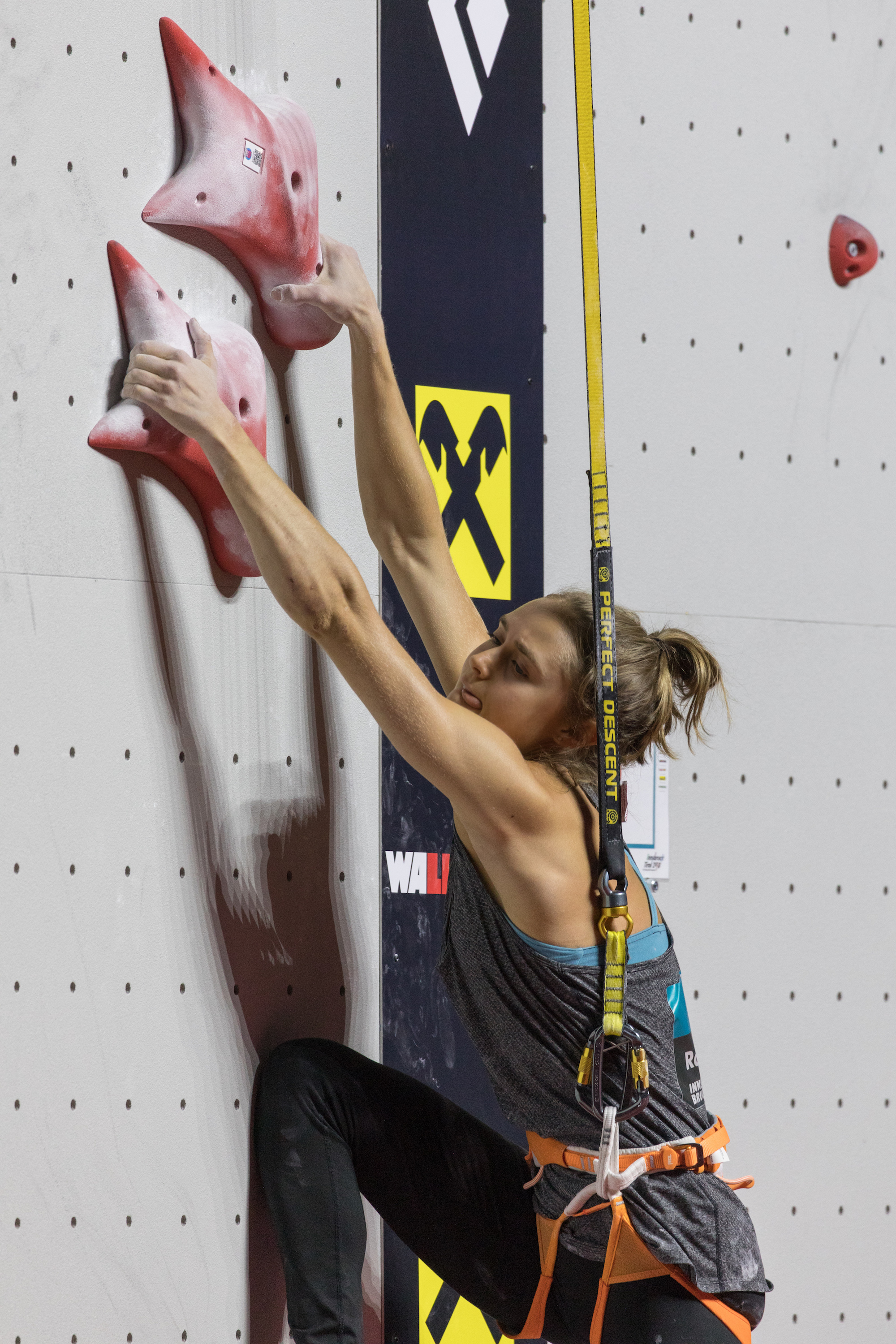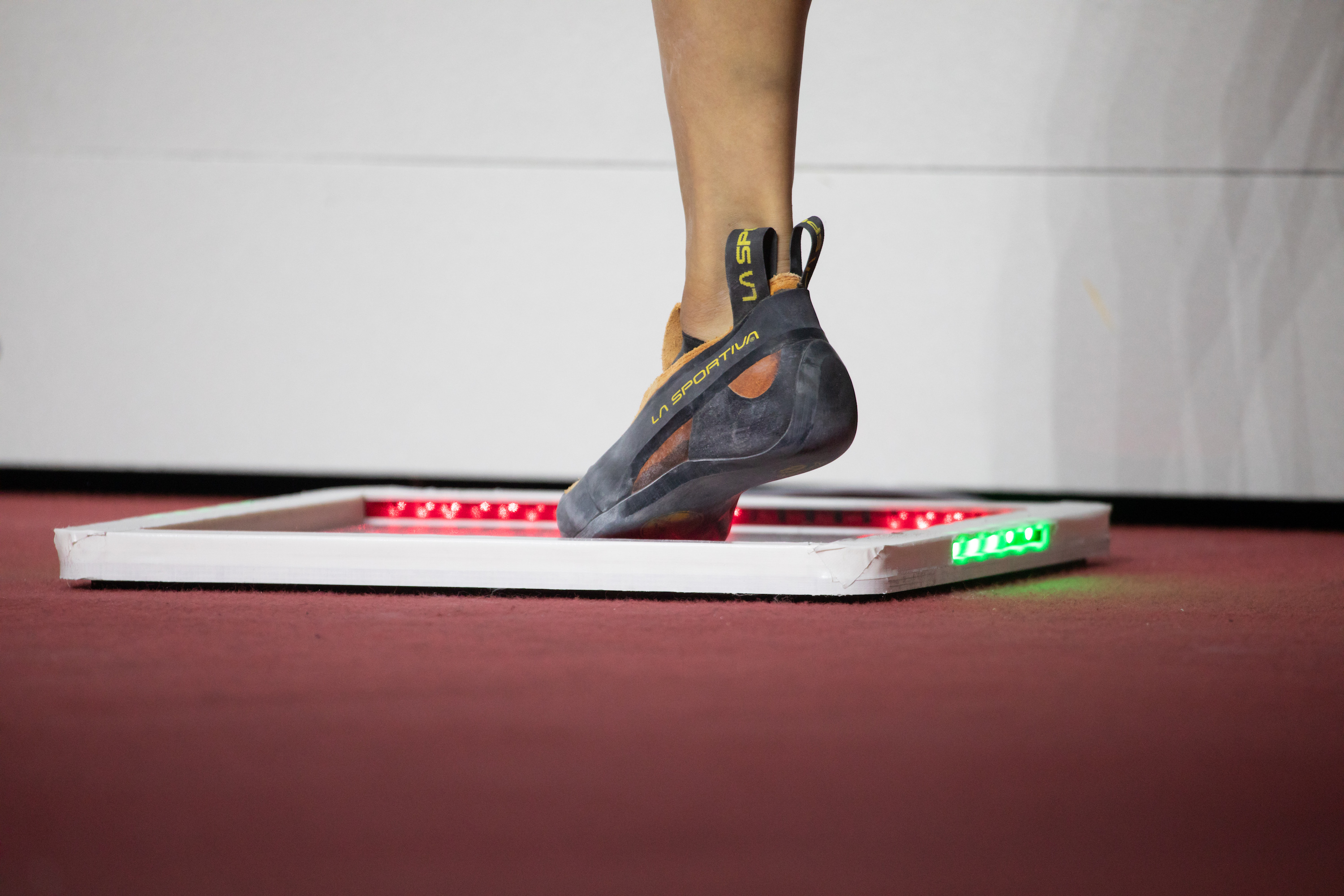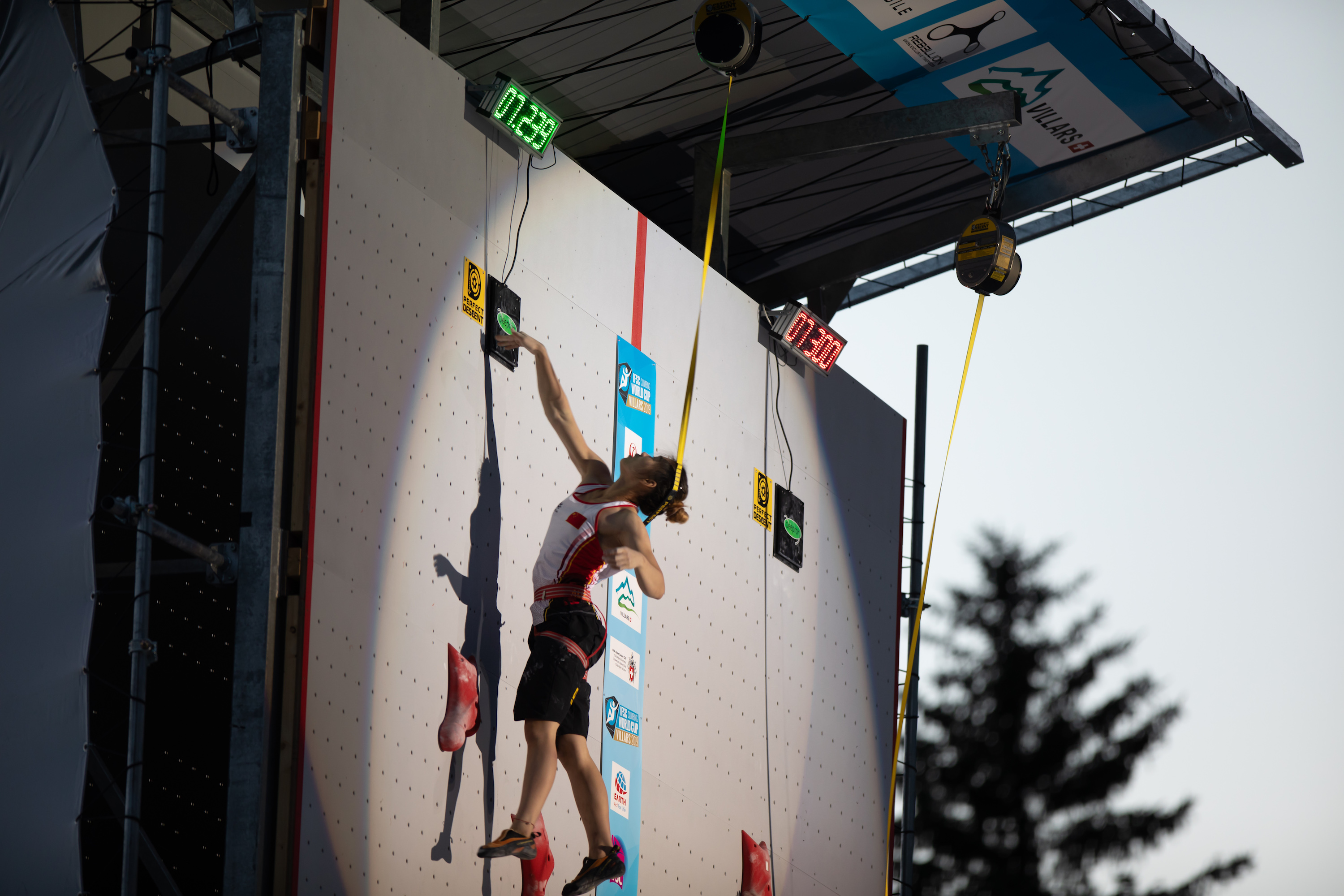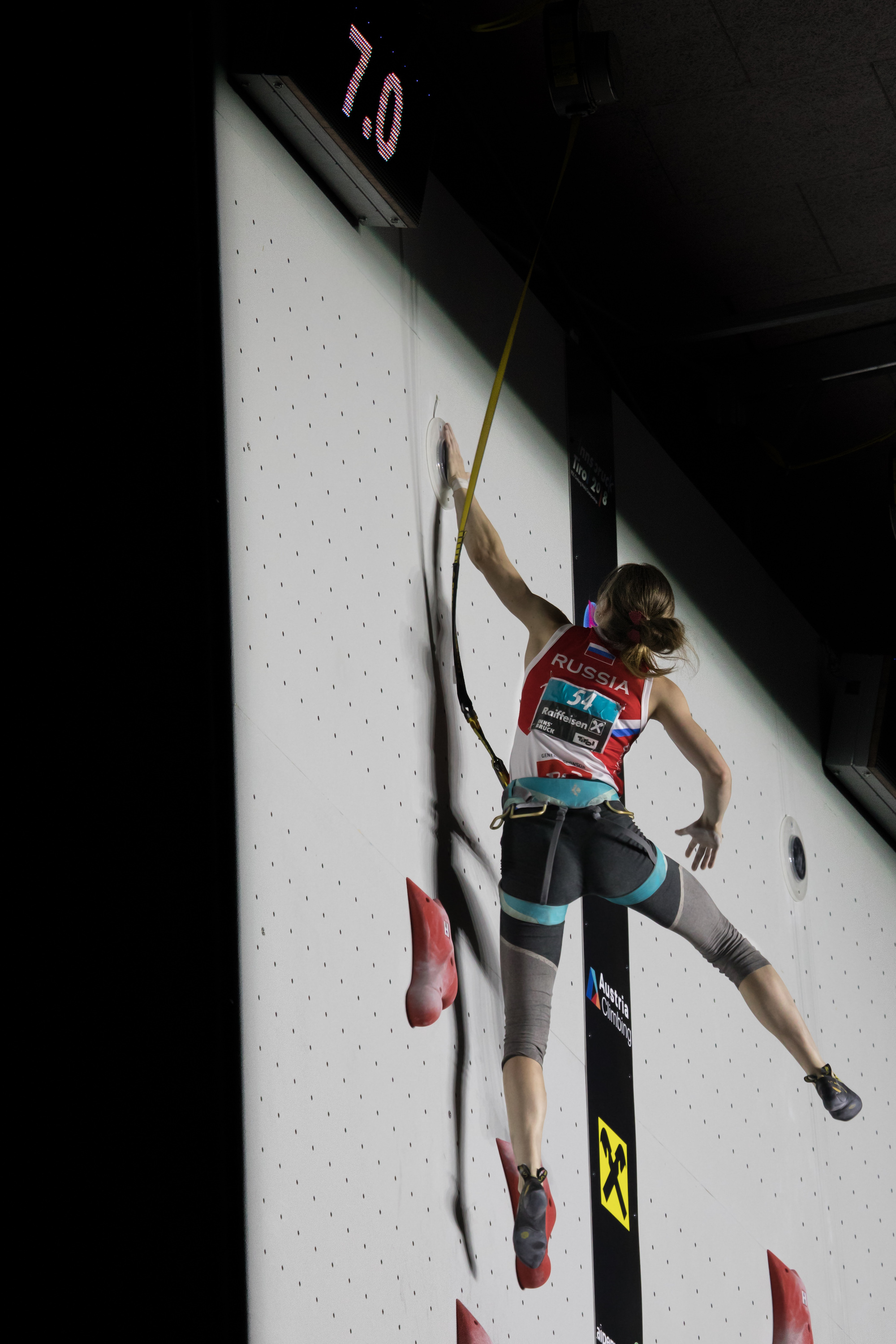Climbing in the Olympics - How does it work?
Från och med OS i Tokyo 2021 finns Klättring med på OS-programmet. Men hur tävlar man egentligen i klättring och vem får vara med?
For questions, more information and use of pictures and text, contact us at press@klattercentret.se
In climbing, it is mainly competed in three branches:
- Lead
- Bouldering
- Speed
Since it was decided that in the Olympics there was only room for a competition, the International Climbing Association, IFSC, chose to bet on a kind of combination of the three branches. This is true for the Tokyo Olympics. Another arrangement has been proposed for the Paris 2024 Olympics.
It should be noted here that the championship combinations in the past have not had a higher status since no one was really good in all branches.
The three branches of the climb
Here is a simplified version. For complete regulations, see the following PDF.
Lead
In short, this is about getting as high as possible on one track. The wall is usually 12-15m high, and the trail a little longer because it usually swings a little back and forth.
The trail is different each time and built by professional joint builders. Often it becomes progressively more difficult and there are often particularly complex / difficult sections to separate the competitors. The climber's task is to find the most efficient way up in order to make the best use of his forces.
In the qualifying round the joints are climbed "flash" which means that the contestants got to see a demonstration of how the joint builders thought the trail should be climbed.
In the semi-finals and final climbs "onsight" which means that the competitors have no information about the trail. However, they jointly "see" the trail for six minutes before the round begins.
Each grip in the intended direction of the joint gives one point. In order to score points, the grip needs to be controlled. In cases where the climber has clearly moved the body's center of gravity in the direction of the next grip, a + is assigned.
The number of high-scoring grips usually lie somewhere between 40 and 50.
On the way up, the contestant must secure himself by continuously putting ("cutting") the rope in all "quickdraws" (carbines hanging in loops from the wall). This must also be done in the right order.
Så länge inget annat än grepp och vägg (som rep, bultar och quickdraws) belastas är det tillåtet att klättra tillbaka ner för att exempelvis vila eller byta sekvens. Dock är det inte tillåtet att klättra ner till marken igen.
The climber has reached the top of the trail when the last carbine has been cut.
Maxtiden är 6 minuter. Tid är annars endast en faktor i finalen, och då bara när det inte går att skilja klättrarnas resultat åt på annat sätt, dvs genom resultaten i kval och semi (countback).
They rank highly
Janja Garnbret - SLO
Chaehyun Seo – KOR
Ai Mori* – JPN
Adam Ondra - CZE
Alexander Megos - GER
Jakob Schubert - AUT
Världsmästare 2019: Janja Garnbret (SLO) Adam Ondra (CZE)
Världscupvinnare 2019: Chaehyun Seo (KOR) Adam Ondra (CZE)
Other important names: Jessica Pilz (AUT), Laura Rogora (ITA)
*Tävlar inte i OS
Bouldering
Here it rides without rope on lower walls above a thick mat.
De tävlande har ett antal så kallade problem att ta sig an. Dessa kan beskrivas som kortare leder och är unika för varje tävling.
I Världscupen gäller fem problem i kvalet och fyra problem i semifinal och final.
Each problem has a defined start and an end. Four pieces of tape mark where the hands and feet, in any order, should be placed.
The contestant must show control of both starting and finishing positions.
Ett problem räknas som klarat (toppat) när det markerade toppgreppet vidrörs kontrollerat med båda händerna (domaren avgör, ofta genom att höja handen. Alternativt då klättraren står med båda fötterna ovanpå vägen, så kallad top out. Det är dock ovanligt.
I kvalet och semifinalen har klättrarna fem minuter på sig att klara varje problem och fem minuters vila mellan dem.
In the final, where the competitors have seen the problems in advance, four minutes per problem applies.
Here one problem is climbed at a time, ie all competitors try, one at a time, clear problem 1 before moving on to problem 2, etc.
Ranking is determined by priority:
- Number of peaks
The person who has managed (topped) most problems is ranked highest. - Number of sun hits
In order to distinguish climbers with the same number of peaks, the number of zone hits is calculated in the alternative. A zone grip is a grip about halfway up that the climber may reckon if used with at least one hand. - Try the peaks
At the same number of peaks and zone attacks, the total number of attempts used to reach the peaks passed determines. - Try zone grips
At equal numbers here too, the number of attempts required for the zone attacks taken determines. - Count Back
After that, results in the previous round will determine.
They rank highly
Janja Garnbret - SLO
Akiyo Noguchi - JPN
Miho Nonaka – JPN
Adam Ondra - CZE
Kokoro Fujii* – JPN
Tomoa Narasaki - JPN
Världsmästare 2019: Janja Garnbret (SLO) Tomoa Narasaki (JPN)
Världscupvinnare 2019: Janja Garnbret (SLO) Tomoa Narasaki (JPN)
Other important names: Brooke Raboutou (USA), Shauna Coxsey (GBR), Jakob Schubert (AUT), Kai Harada (JPN)
*Tävlar inte i OS
Speed
Here it is not, quite unexpectedly, about climbing fastest.
Vägg, grepp och led är standardiserade och leden är med andra ord exakt likadan varje gång.
The wall is 15m high and slightly overhanging (5 degrees).
Men and women compete on the same track.
The starting position is optional with at least one foot on the starting plate.
The time is counted from the start signal to the climber rubbing the stop plate marking the end of the trail.
Just like in athletics, all reaction times below 0.10s are counted as the start of a thief, which means that you have finished the race.
Idag, juni 2021, ligger världsrekorden på 5,208s (män) resp. 6,964 (kvinnor).
På damsidan har snabbare tider gjorts ett flertal gånger, men av olika, formella skäl, har dessa inte godkänts.
In the Olympics, we will probably not see any times in the vicinity of these as the speed specialists who have qualified need to focus on improving in the other disciplines rather than in Speed and that they will probably lose some of their edge.
The best non-specialist can conceivably make times down to around 6 and 8 seconds at the Olympics.
They rank highly
YiLing Song - CHN
Anouck Jaubert – FRA
Di Niu – CHN
Qixin Zhong* – CHN
Vladislav Deulin* – UKR
Jan Kriz* – CZE
World record: Damer: 6.964s, Iuliia Kaplina 2020 – Herrar: 5.208s, Veddriq Leonardo* 2021
World champion: Aleksandra Miroslaw (POL) Ludovico Fossali (ITA)
Världscupvinnare 2019: YiLing Song (CHN) Bassa Mawem (FRA)
*Tävlar inte i OS
Världsmästare OS-format 2019: Janja Garnbret/Tomoa Narasaki
Competition format Olympics
In the Olympics, the competition will last for four days as follows:
- Qualifying round with all 20 competitors. One day / sex.
- Final round with the 8 best. One day / sex.
In each round, it competes in all three disciplines:
- Speed - time in the qualifier, knockout heat in the final
- Bouldering - four problems in qualifying, three in the final
- Lead - one in the qualifying, one in the finals
- So the top eight overall advances to the final. Here, the placement figures are simply multiplied.
Ex: 2nd in Lead, 4th in Bouldering and 8th in Speed gives 2 x 4 x 8 = 64
Who is allowed to participate in the Olympics?
Unlike most other sports in the Olympic Games, the number of participants in climbing is very limited. A total of 20 men and 20 women will compete.
The Olympic qualification system aims to select the best athletes, but also to ensure a reasonable distribution both geographically and from a gender perspective.
Mer info hittar du här!
Här är de som har kvalificerat sig:
1. Janja Garnbret, SLO
2. Akiyo Noguchi, JPN
3. Shauna Coxsey, GBR
4. Aleksandra Miroslaw, POL
5. Miho Nonaka, JPN
6. Petra Klingler, SUI
7. Brooke Raboutou, USA
8. Jessica Pilz, AUT
9. Anouck Jaubert, FRA
10. Chaehyun Seo, KOR
11. Julia Chanourdie, FRA
12. Mia Krampl, SLO
13. Iuliia Kaplina, RUS
14. Kyra Condie, USA
15. Laura Rogora, ITA
16. YiLing Song, CHN
17. Alannah Yip, CAN
18. Oceana Mackenzie, AUS
19. Viktoriia Meshkova, RUS
20. Erin Sterkenburg, RSA
1. Tomoa Narasaki, JPN
2. Jakob Schubert, AUT
3. Rishat Khaibullin, KAZ
4. Kai Harada, JPN
5. Mickael Mawem, FRA
6. Alexander Megos, GER
7. Ludovico Fossali, ITA
8. Sean McColl, CAN
9. Michael Piccolruaz, ITA
10. Jongwon Chon, KOR
11. Adam Ondra, CZE
12. Bassa Mawem, FRA
13. Jan Hojer, GER
14. YuFei Pan, CHN
15. Alberto Ginéz López, SPA
16. Nathaniel Coleman, USA
17. Aleksei Rubtsov, RUS
18. Colin Duffy, USA
19. Tom O’Halloran, AUS
20. Christopher Cosser, RSA
Totalt: 20 per kön [1]
Not:
[1] Maximalt antal deltagare per land och kön är två.

